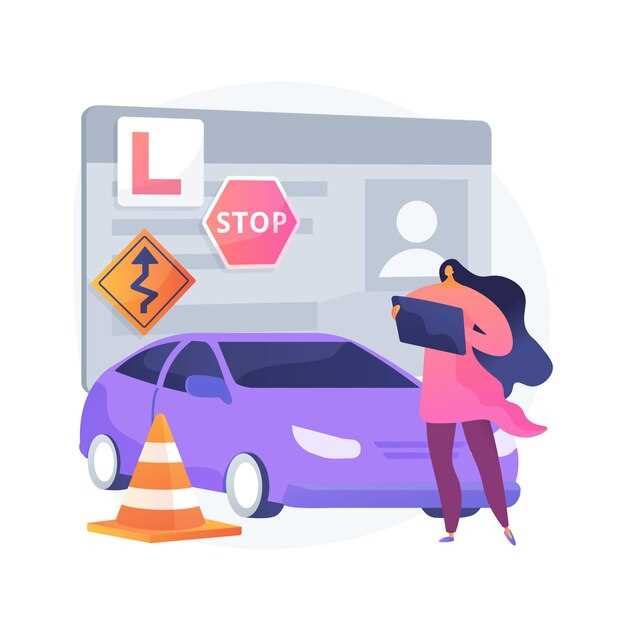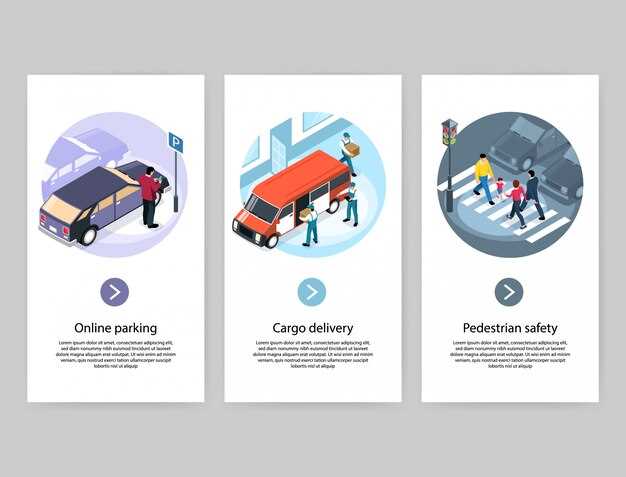Pros and cons of enclosed car transport

When it comes to shipping vehicles, one of the most important decisions is choosing the right transportation method. Enclosed car transport is often regarded as one of the safest and most secure options available. By placing vehicles inside a fully enclosed trailer, this method protects them from various external elements, ensuring they arrive at their destination in pristine condition. However, while there are numerous advantages to this approach, potential customers should also consider the drawbacks before making a decision.
Enclosed car transport offers several benefits that make it an appealing choice for many car owners, especially those dealing with luxury, classic, or high-value vehicles. Firstly, the protection from harsh weather conditions, road debris, and potential theft is a significant advantage. This transport method minimizes the risks associated with open transport, where vehicles are exposed to the elements throughout their journey. Additionally, enclosed transport typically provides a more secure environment, reducing the likelihood of damage sustained during transit.
On the other hand, there are some downsides to consider. Enclosed car transport can be more expensive than open transport options, which sometimes deters budget-conscious customers. Furthermore, the availability of enclosed transport services may be limited in certain regions, possibly leading to longer wait times for pickups and deliveries. Understanding both the pros and cons is crucial for making an informed decision about the best way to transport your vehicle.
Cost Analysis: Is Enclosed Transport Worth the Investment?

When considering car transport options, the choice between open and enclosed transport often comes down to cost versus value. Enclosed transport generally comes with a higher price tag, leading many to question if the additional expense is justified.
One of the primary advantages of enclosed transport is the protection it offers. Vehicles enclosed in a trailer are shielded from the elements, road debris, and potential damage that can occur during transit. This is particularly important for classic cars, luxury vehicles, or newly purchased automobiles where maintaining pristine condition is essential. The cost associated with repairs or potential loss in value due to damage can far exceed the price difference between open and enclosed transport.
Moreover, enclosed transport often provides additional insurance coverage, ensuring that the vehicle is safeguarded during transport. This extra layer of security can translate to peace of mind for the owner, making the higher cost worthwhile when considering potential risks.
However, it is critically important to analyze personal circumstances before making a decision. For individuals transporting everyday vehicles, the benefits of enclosed transport may not outweigh the cost. If a vehicle is not of significant value to necessitate extra protection, then open transport might be a more practical solution. It often provides a more budget-friendly option, making it advantageous for standard cars without special considerations.
Ultimately, the decision hinges on the value of the vehicle being transported and the level of protection desired. Enclosed transport is undoubtedly a worthwhile investment for high-value vehicles, while for others, it may represent an unnecessary expense. Careful evaluation of risks and budgeting is essential to make an informed choice.
Impact of Enclosed Transport on Vehicle Condition During Transit
Enclosed transport provides a highly secure environment for vehicles during transit, significantly influencing their overall condition upon arrival. One of the key benefits is the protection against environmental factors. Vehicles transported in an enclosed trailer are shielded from rain, snow, dust, and debris, which can cause surface damage and corrosion over time.
Moreover, enclosed transport minimizes the risk of physical damage from road hazards. Unlike open carriers, enclosed transports limit exposure to potential impacts from flying rocks or debris, which are common during transit. This added layer of security ensures that the vehicle’s exterior and components remain in optimal condition.
Another important aspect is temperature regulation. Enclosed transport typically offers better insulation against extreme temperatures. This is crucial for maintaining the integrity of sensitive parts such as batteries, tires, and paint, preventing them from degrading due to heat or cold extremes.
However, it is essential to consider the potential drawbacks. Enclosed transport can result in a longer transit time due to limited availability of carriers compared to open transport options. This delay may pose risks if the vehicle requires timely delivery for specific events or needs. Additionally, enclosed transport tends to be more expensive, which might not be feasible for all vehicle owners.
In summary, choosing enclosed transport significantly benefits vehicle condition by providing protection from environmental hazards and physical damage. While the costs and transit times might be higher, the advantages in preserving a vehicle’s quality can often outweigh the downsides.
Comparison of Delivery Times: Enclosed vs. Open Car Transport

When considering car transport options, delivery times play a crucial role in decision-making. Enclosed transport generally takes longer than open transport due to the additional logistics involved. Enclosed carriers often have set schedules and routes that can lead to longer wait times, especially if the transport is less frequent in a particular area.
Open transport, on the other hand, is widely used and typically features more frequently scheduled pickups and deliveries. This type of transport can accommodate a larger number of vehicles, leading to quicker turnaround times. The efficiency gained from the higher availability of open carriers allows for a faster delivery experience.
However, the trade-off for speed in open transport is often related to exposure to elements and potential wear and tear on the vehicle. This can lead to compromises in the condition of the car upon delivery. In contrast, the enclosed option, while slower, provides a more protective environment for luxury or classic cars, ensuring they arrive in pristine condition, regardless of transit time.
Ultimately, the choice between enclosed and open transport should depend on the specific needs regarding both delivery speed and the level of protection required for the vehicle. With enclosed transport, customers may accept longer wait times in exchange for enhanced security and safety of their cars during transit.

